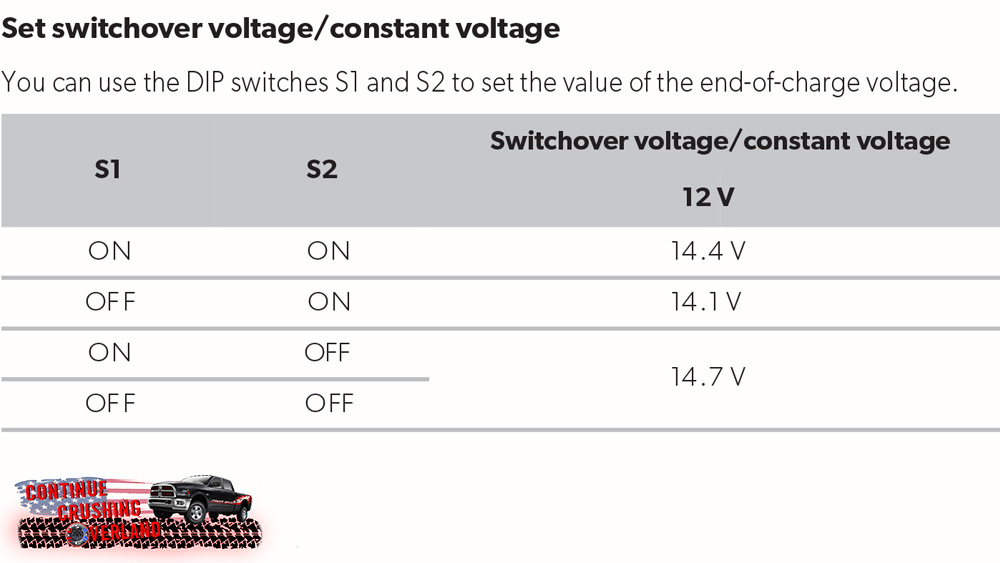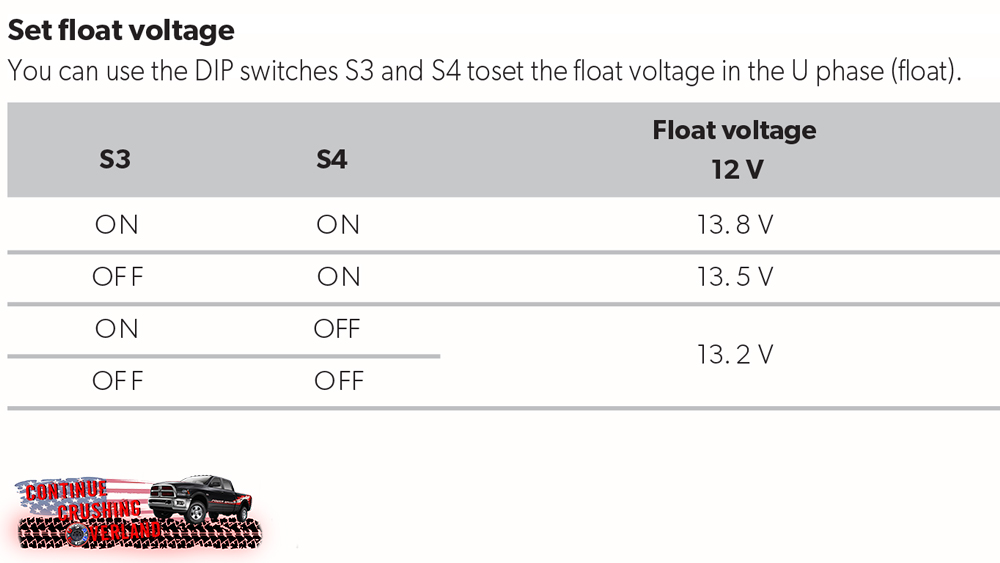TommyArgh
Member
That is just shorthand for the engine circuit.
The actual charge source usually wired to that circuit is the alternator.
Others may include a solar controller, a mains charger, in turn powered off either shore power or a portable genset.
Which may currently be wired to that Starter circuit, or directly to the House bank.
The DCDC should **not** be configured to actually draw any power from the Starter battery itself, nor from any battery
it should only be turned on when a charge source is active.
Sorry I misunderstood your comment. I will definitely not be using the battery as a source. Instead I may tap into the factory bed mounted inverter. It will only switch on while the vehicle is running.
If I tapped into the solar controller for a source for the DCDC would it act the same as if I sourced from a battery seeing that it always on?



